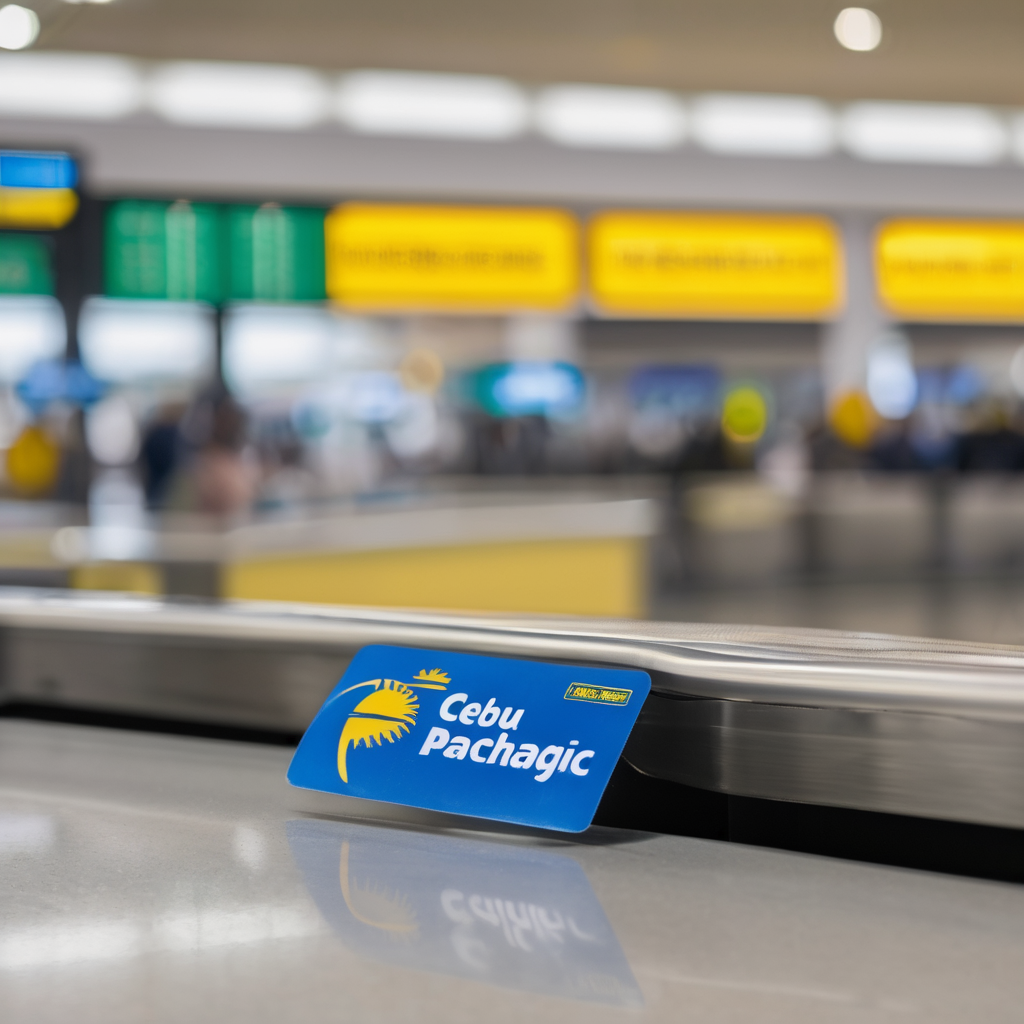Air travel in the Philippines experienced significant interruptions recently, with over 30 flights canceled by Cebu Pacific and Philippine Airlines affecting both domestic and international routes. This disruption impacted major airports in the country, including Manila, Cebu, Iloilo, Clark, and Caticlan, and extended to international destinations such as Sydney and Taiwan. Travelers faced challenges in rebooking flights or adjusting their travel plans, particularly during the peak disruption period between October 23 and 27.
A detailed examination revealed a total of 34 flight cancellations, significantly impacting busy transport corridors. Key affected routes included flights from Manila to various destinations like Iloilo, Bacolod, and even Busanaga, with similar cancellations from airports in Cebu and Iloilo. The operational strain within the aviation network highlighted vulnerabilities and scheduling challenges facing the industry.
While neither airline has provided a specific reason for the widespread cancellations, potential factors may include operational realignments due to aircraft maintenance, weather-related disruptions common during the October monsoon season, and issues with crew and fleet availability that could cause cascading delays. The aircraft involved, primarily the DH8B and A320 models, indicate that regional travel was most affected, sparing some long-haul routes.
The cancellations had a ripple effect on travelers, particularly those heading to popular tourist destinations such as Siargao and Boracay. Passengers reported difficulties in rebooking and confusion over compensation policies, leading to extended delays and unexpected overnight stays. Amid this chaos, travelers are advised to closely monitor airline notifications and real-time flight updates to avoid complications.
The recent disruptions underscore a fragile aviation ecosystem in the Philippines, where operational challenges at one airport can influence the entire network. The need for improved coordination and communication among airports—especially those outside Metro Manila—has been emphasized, as these regions often experience heightened issues due to infrastructure limitations.
Looking ahead, as the holiday travel season approaches, there is mounting pressure on airlines to enhance reliability and minimize last-minute schedule changes. Regulatory agencies may become involved if flight cancellations persist, leading to closer monitoring of operational performance and passenger welfare.
In summary, the significant flight cancellations in the Philippines have not only disrupted travel for many but also revealed the ongoing challenges facing the country’s aviation sector. As the airlines plan their recovery efforts, a focus on operational transparency and passenger support will be crucial in restoring trust in air travel just as the peak season arrives. This indicates a hopeful prospect for improvement in the country’s airline operations in the coming months.
